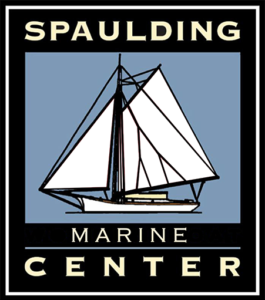Boatbuilding Classes |
|
 return to section: Boatbuilding Classes return to section: Boatbuilding Classes |
|
Build Your Own Lapstrake Dinghy
Location: Spaulding Marine Center, Sausalito, California
Dates: Monday, June 10, 2024 - Friday, June 21, 2024
This Class in Sausalito, CA, is offered by the Spaulding Marine Center; for registration and class inquiries, please call 415-332-3179 ext 2 or email [email protected]
Instructor: Tony Cox with additional instructor
|
Registrations for this class are through the Spaulding Marine Center, 415-332-3179 ext. 2 All inquiries not about boat technical details to Spaulding Marine Center, 415-332-3179 |
Tuition & Materials:
- Student Tuition: $850
- Each additional student: $450
- Materials (Choose One):
- Eastport Pram: $1325
- Pram Sailing Component Kit (does not include base hull kit): $1175
- Passagemaker Dinghy: $1769
- Passagemaker Sailing Component Kit (does not include base hull kit) Gunter Sloop Rig: $1998
- Plus Shipping & Handling
Other Considerations:
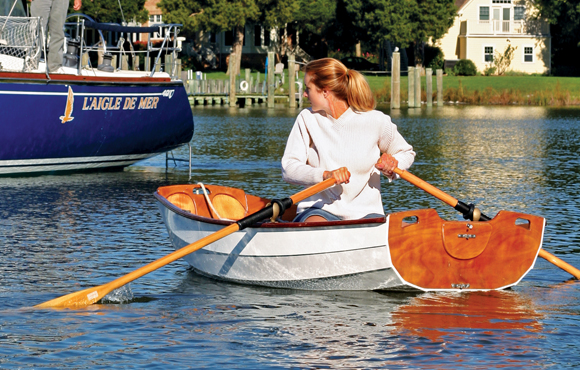 |
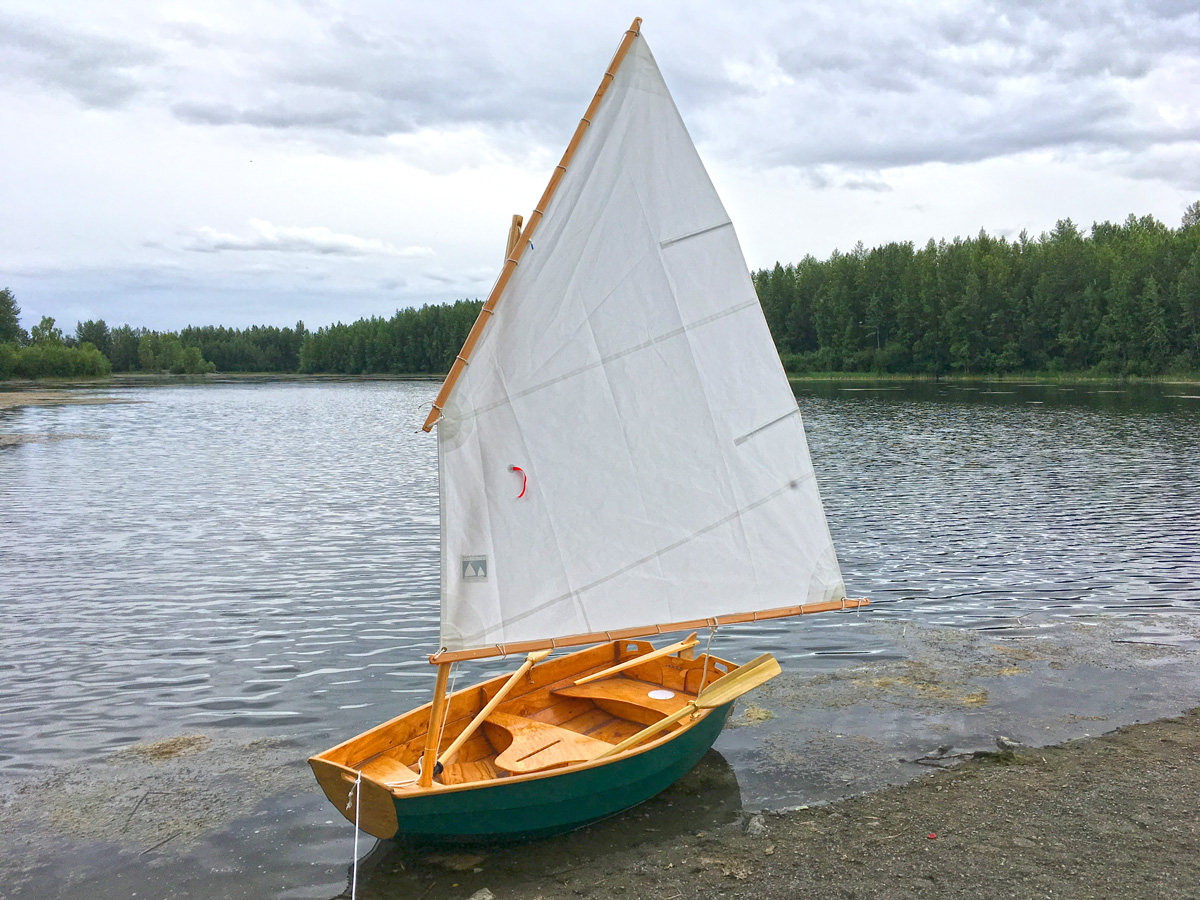 |
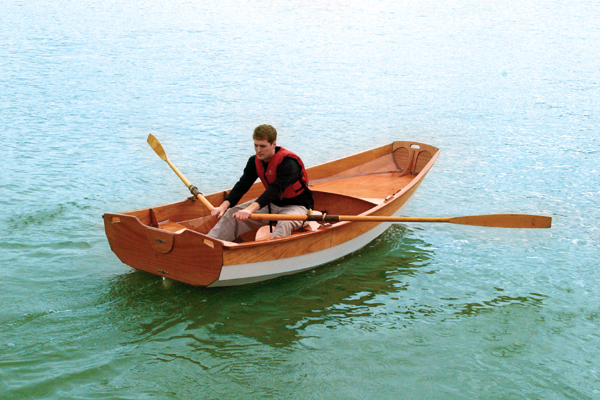 |
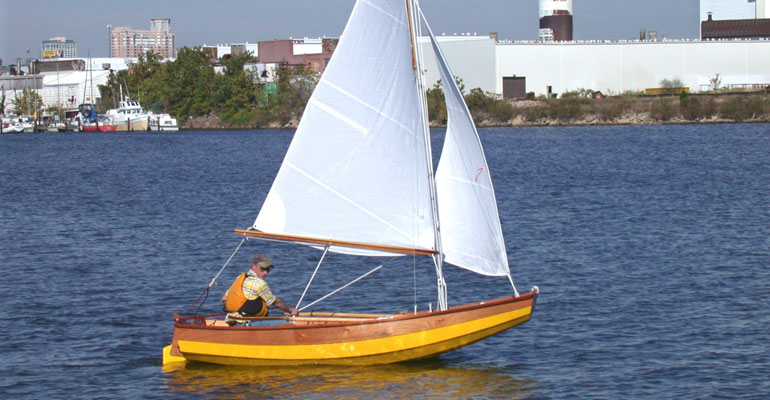 |
Spend your evenings building your own Row Boat! This course runs evenings, Monday-Friday from 12 - 5 p.m. for two weeks.
The Eastport Pram is one of the most popular small dinghies in the world, with more than 800 built. The Eastport Pram is a boat that is as easy and satisfying to row and sail as you can expect on such a short waterline. Used as a tender to a larger boat, or kept at a dock, it's a near-perfect small boat.
The Passagemaker Dinghy is easy to build but looks great and performs beautifully. A smooth glide when rowing, spirited performance when sailing, and steady handling with an outboard mark this bestselling entry in our fleet of graceful build-it-yourself boat kits.
With the help of the instructor, each student will assemble his or her own dinghy from a Chesapeake Light Craft kit. The hull utilizes CLC's patented LapStitch construction method, in which stitch-and-glue techniques are used to create lapstrake hulls of traditional appearance. First, the hull planks are glued to length using scarf joints. The planks are wired together to create the hull shape, then bulkheads are inserted before the planks are neatly "welded" together with epoxy. The students reinforce the hull with fiberglass cloth and mahogany rails, then add the daggerboard trunk and seats. (The sailing rig is optional, but the class will proceed under the assumption that the boat will be used for both rowing and sailing.) By the end of the class, you'll have an assembled hull, ready for sanding and sailing rig.
Skills conveyed in the course include advanced epoxy and fiberglass techniques, basic marine carpentry, and an overview of what will be required to get your boat rigged and sailing.
Note: Boat kits for classes are specially prepared at CLC and delivered directly to the classroom. These kits include essential supplies and may have certain parts pre-assembled. Because of the particular nature of these kits, discounts and other promotions do not apply.

